1.Green Anaconda (Eunectes murinus)
The Green Anaconda holds the title of the world’s largest snake, reaching lengths exceeding 20 feet and weighing over 200 pounds. It thrives in the Amazon rainforest, utilizing its massive size and constricting abilities to dominate as an apex predator.
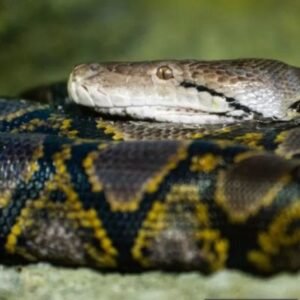
2.Reticulated Python (Python reticulatus)
Known for its striking pattern and remarkable length, the Reticulated Python is one of the longest snake species. With lengths surpassing 20 feet, it inhabits diverse Southeast Asian environments, showcasing adaptability and a powerful constriction technique for hunting.
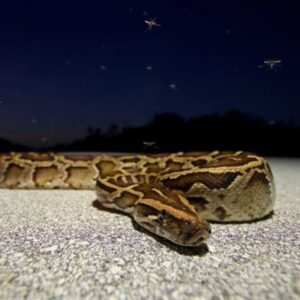
3.Burmese Python (Python bivittatus)
Native to Southeast Asia, the Burmese Python is a robust snake that can reach lengths exceeding 18 feet. It has become a popular species in the pet trade, but its impressive size and strength make it a challenging and potentially dangerous snake to handle.
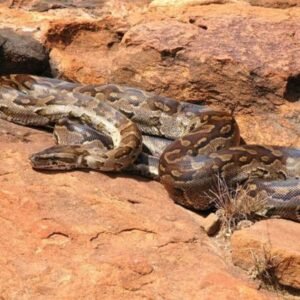
4.African Rock Python (Python sebae)
The African Rock Python, native to sub-Saharan Africa, is known for its size and adaptability to various habitats. It can reach lengths of 20 feet or more, employing a combination of ambush and active hunting strategies to capture a wide range of prey.

5.Indian Python (Python molurus)
Found in the Indian subcontinent, the Indian Python is a large constrictor, exceeding lengths of 15 feet. Its impressive size, distinctive coloration, and ability to adapt to diverse environments contribute to its significance in the region’s ecosystems.
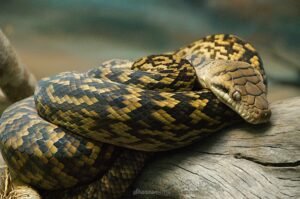
6.Amethystine Python (Morelia amethystina)
The Amethystine Python, also known as the Scrub Python, is native to Australia and New Guinea. With lengths approaching 26 feet, it is one of the largest snakes in the Australasian region, showcasing a mix of arboreal and terrestrial behaviors.
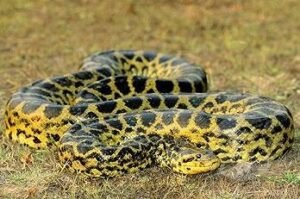
7.Yellow Anaconda (Eunectes notaeus)
Smaller than its Green Anaconda cousin, the Yellow Anaconda is still an impressive giant, reaching lengths of around 13 feet. It is found in South America, primarily in swampy habitats, and relies on its powerful constriction to capture a variety of prey.
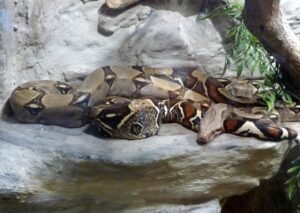
8.Boa Constrictor (Boa constrictor)
Boasting a wide distribution across the Americas, the Boa Constrictor is a large, heavy-bodied snake that can exceed 13 feet in length. It utilizes ambush hunting tactics, relying on its powerful constriction to subdue a diverse range of prey.
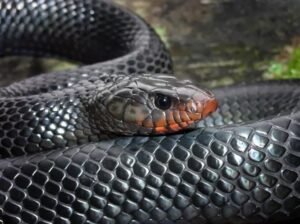
9.Indigo Snake (Drymarchon spp.)
The Eastern Indigo Snake, in particular, is one of the longest snakes in North America, reaching lengths of up to 9 feet. Recognized for its glossy indigo-blue coloration, it is a non-venomous constrictor found in various southeastern habitats.
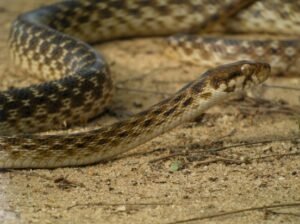
10.Madagascarophis colubrinus
Native to Madagascar, this non-venomous colubrid snake, also known as the Madagascarophis, can attain lengths of around 9 feet.
Its unique coloration and adaptability to different environments make it a fascinating species within the Madagascar reptile community.
These snakes showcase the incredible diversity of large serpents across different regions, each playing a vital role in their respective ecosystems.
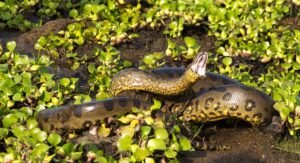

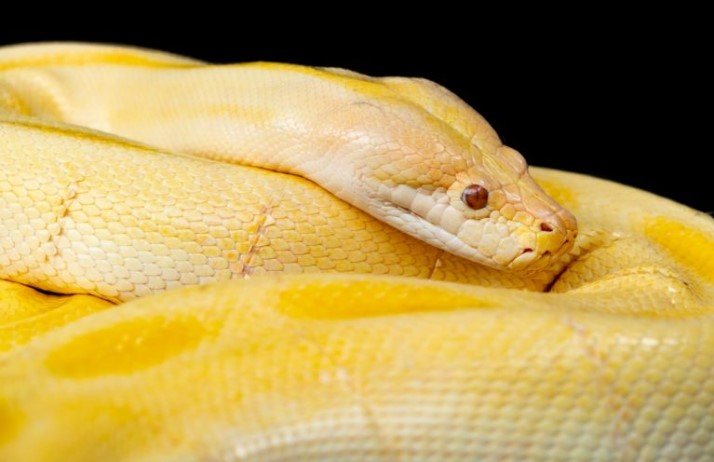









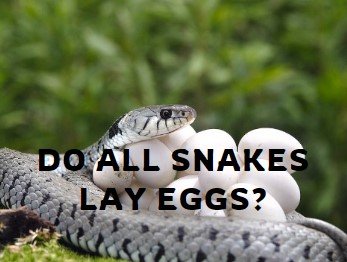
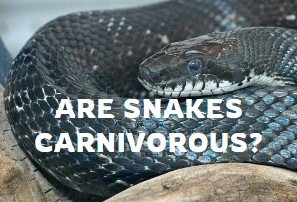
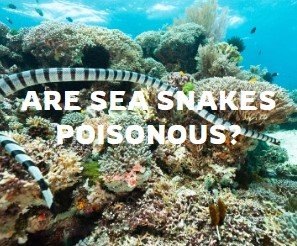
Leave a Reply